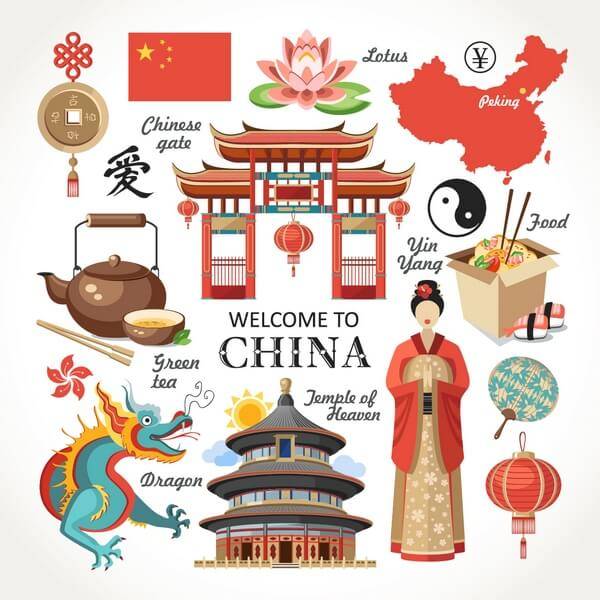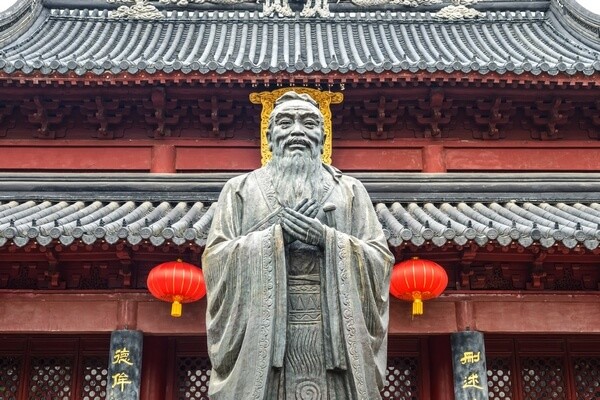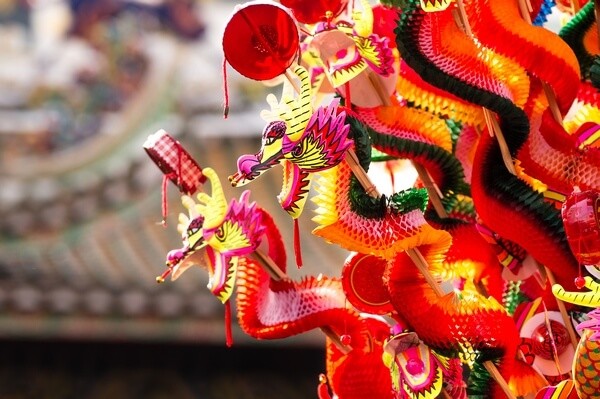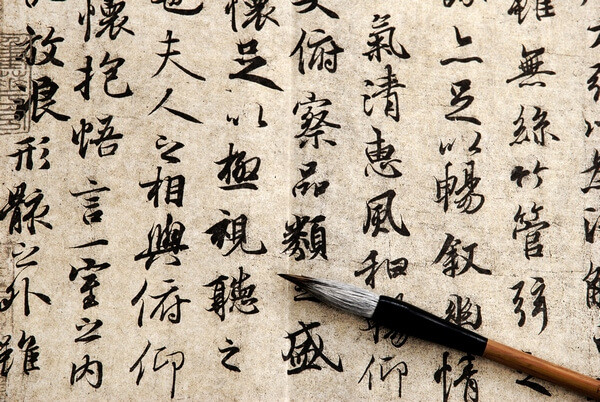Chinese Translation and Interpreting
Our main objective is to provide reliable, quick and high quality translations at reasonable prices, as demonstrated by our satisfied clients. We provide official and general translations in many specializations such as economics, technology and law.
Since 1993, we have been here to translate between Chinese and other world and European languages for you. We frequently receive requests to provide Chinese translation services from companies all over the world, for instance from England, Germany, South Korea or the United States.

Why choose LEXIKA as your Chinese translation service provider?
All translation orders are processed very carefully, in strict accordance to the agreement made with the client and in compliance with the agreed deadlines. High quality translation and interpreting services are our first and utmost concern. Apart from the quality of the provided translation services, our customers appreciate our high level of professionalism and our willingness and ability to meet their specific requirements.
Our wide ranging experience in the fields of economic, financial and legal translations will guarantee your satisfaction. We provide translation services in 120 fields of expertise, with the highest demand for Chinese translations in the fields of employment contracts, public procurement and tender documentation, and internal company rules and regulations. We are also able to provide you with reliable technical and IT translations.
Being an interpreting and translation service provider with more than 20 years of experience, we have already successfully carried out tens of thousands of translation projects for numerous local and foreign companies.
How do we do it?
Specialist translators
As far as the translations of non-literary texts are concerned, we always rely on our experts in the given field. Our translators specialize in more than 120 fields and we always carefully select the most suitable linguist for your requirements and needs in terms of language use and terminology.
International standards
LEXIKA translation company guarantees systematic processing of all requirements and compliance with procedures according to the ISO 9001 standard by using a certified system of quality management that is audited annually.
For our customers, we always choose the optimal means of carrying out their translation project at the most suitable translation service level. We recommend you have all your text translated in compliance with ISO 17100 standard. The said standard guarantees that the high quality requirements placed on translators, reviewers, and the entire translation process are fulfilled.
Modern technologies
As a matter of principle, all translations at our company are carried out by human linguists who make use of modern translation technologies. Thanks to these technologies, consistent terminology is employed in our translations and the entire translation process is more effective and meets higher quality standards. To some extent, modern technologies can even reduce your translation costs.
Quality assurance
Each translation is reviewed by an experienced expert whose work is aided by modern software tools. The quality assurance procedure verifies the correct use of terminology as specified by the client and ensures that all revisions, spelling corrections, and proofreading were carried out. We pay attention to our client’s specific requirements as well as to the graphical layout.
Interested in using our services?
Leave us a message with your requirements and we’ll get back to you
Chinese or Mandarin?
China is a land with tremendous economic power, densely populated cities, and a fascinating language. Did you know that the term Chinese does not refer to a single language? It designates several language varieties, usually seven as there are seven main Chinese dialects. In practice, it means that even two Chinese persons may have difficulty understanding each other.
Mandarin is considered to be the official language of China. Standard Chinese is one of the six official languages of the UN. It is spoken not only in China but also in Malaysia, Taiwan, and actually, in almost every corner of the world. The total number of Chinese speakers is estimated to be around one billion (approximately 15% of the total world population), which means that one in every six people speaks Chinese. The influence of Chinese is expanding and its popularity growing.

Powerful dynasties
With several thousand years of history, Chinese is the oldest written language in the world and recent development suggests that its evolution has not yet finished. The oldest Chinese inscriptions date back to the Shang dynasty and are approximately 3,000 years old. They were inscribed on oracle bones (turtle plastron and animal scapulae) and were used to predict the weather, harvest or war.
Due to the vastness of the Chinese territory, over the course of numerous dynasties, the language evolved into various dialects. What these dialects have in common is that they are members of the Sino-Tibetan language family. The development of Chinese language varieties may be divided into several periods. The oldest period is Old Chinese (until the 4th century BC), which is still subjected to in-depth research. Several documents from this period have been preserved to the present day, including the Book of Changes, the Book of Songs, the Book of Records, and others. Their author was most probably Confucius – the most important Chinese philosopher and thinker.
During the period of development from Old Chinese into Middle and Modern Chinese, there were several subtle changes in grammar and pronunciation. Northern Chinese dialects play an important role in Chinese history since together with the Beijing dialect they serve as the base of Modern Standard Chinese.
During the rule of the Qing dynasty (the last Chinese imperial dynasty), the use of Beijing Mandarin was widely promoted. However, it was only the education system reform that finally caused people to start widely using Mandarin, which is considered to be the Standard Modern Chinese. This does not apply to Hong Kong, where Cantonese continues to be used in almost every context or situation.


2,500 characters is enough
Let us continue with a few more interesting facts about Chinese. Chinese is a tone language. Never heard of them? A tone language is a language in which pronouncing words with different tones has an important distinctive function. The Chinese writing system and its characters are complex, too. Some dictionaries contain as many as 80,000 of them. However, you 'only' need 2,500 characters to understand more than 95% of everyday written Chinese. The remaining characters are similar to or derived from the basic set. There are not many people who know that there is also an alternative writing system to Chinese script. It is called Pinyin and dates back to 1979. It employs Latin characters combined with tone marks. Transcribed to Pinyin, one of the best-known Chinese tongue-twisters reads like this: Sì shì sì, shí shì shí, shí sì shì shí sì, sì shí shì sì shí, sì shí sì zhī shí shī zi shì sǐ de. It freely translates as follows: Four is four, ten is ten, fourteen is fourteen, forty is forty, forty four stone lions are dead.
Unlike other languages, Chinese has no verbal tense and makes no distinction between singular and plural or between feminine and masculine grammatical gender.
Chinese culture is no less diverse and full of surprises. It includes tea culture, the proper use of chopsticks and the custom of refusing gifts, which is considered polite. At first sight, these traditions may seem strange to you but as the saying goes – Different countries have different customs.
